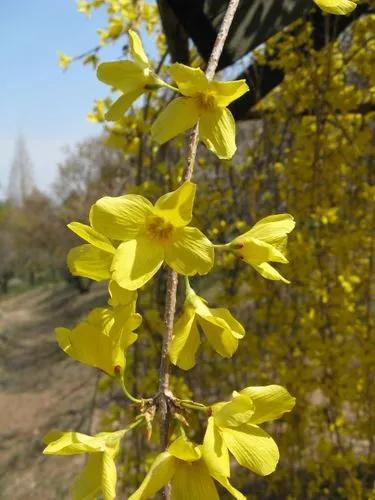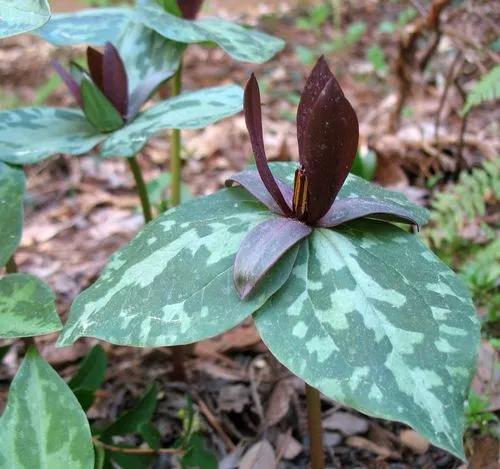Yucca glauca pronounced (YUK-ah GLOK-ah), belongs to the Yucca plant genus (Agavoideae) and family Asparagaceae.It is a perennial evergreen plant, native to North America.The plant is found in the rocky and deserted grassland ranges of the Great Plains, extending from the United States Arizona, New Mexico and Texas panhandle to Alberta and Saskatchewan in Canada.
Great Plains Yucca Care
Yucca Glauca
Other names: Yucca Angustifolia, Small Soapweed, Spanish Bayonet, Great Plains Yucca



How to Care for the Plant

Water

Soapweed yucca has low watering needs, is drought tolerant and can easily survive dry seasons by spreading its roots deep underground to seek sources of water.

Pruning

Trim away dead leaves and flowers from time to time and wipe the leaves clean with a damp cloth.

Fertilizer

You can nourish your plant three parts coco-coir or peat and one part sand.Feed indoor plants with a diluted mixture of liquid water-soluble feed in the spring and summer.

Sunlight

The species can grow in bright sunlight, semi-shade or no shade at all.

Soil

Soapweed yucca can thrive in most type of soils but prefers pebble-y, sandy loam with full sun exposure.Plants are hardier when grown in soil with poor nutritional qualities.This perennial plant does not tolerate peaty and chalky soils well.

Temperature

It can survive temperatures up to 106 degrees Fahrenheit in summers and -42 degree Fahrenheit in winters.

Additional

The roots contain saponins. Whilst saponins are quite toxic to people, they are poorly absorbed by the body and so tend to pass straight through. They are also destroyed by prolonged heat, such as slow baking in an oven. Saponins are found in many common foods such as beans[K]. Saponins are much more toxic to some creatures, such as fish, and hunting tribes have traditionally put large quantities of them in streams, lakes etc in order to stupefy or kill the fish

Popularity

442 people already have this plant 63 people have added this plant to their wishlists
Discover more plants with the list below
Popular articles






